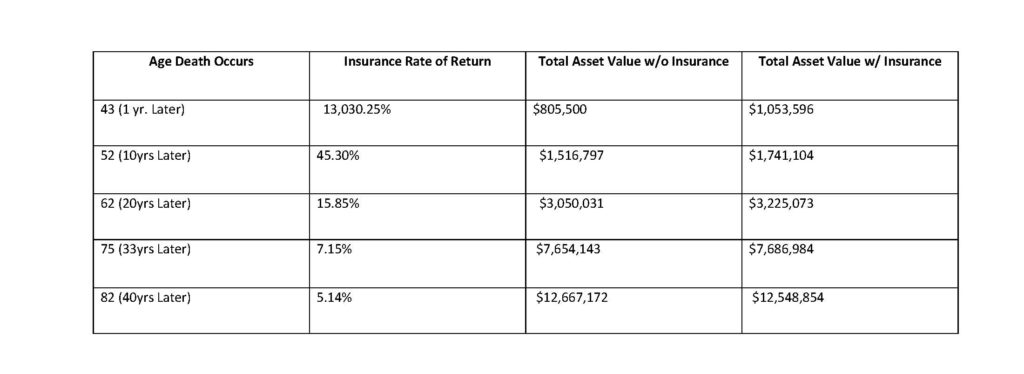Your Changing Definition of Risk in Retirement

During your accumulation years, you may have categorized your risk as “conservative,” “moderate,” or “aggressive,” and that guided how your portfolio was built. Maybe you concerned yourself with trying to find the “best-performing funds.”
What occurs with many retirees is a change in mindset – it’s less about finding the “best-performing fund” and more about consistent performance. It may be less about a risk continuum – that stretches from conservative to aggressive – and more about balancing the objectives of maximizing your income and sustaining it for a lifetime.
You may even find yourself willing to forgo return potential for steady income.
A change in your mindset may drive changes in how you shape your portfolio and the investments you choose to fill it.
Let’s examine how this might look at an individual level.
Still Believe. During your working years, you understood the short-term volatility of the stock market, but accepted it for its growth potential over longer time periods. You’re now in retirement and still believe in that concept. In fact, you know stocks remain important to your financial strategy over a 30-year or more retirement period.
But you’ve also come to understand that withdrawals from your investment portfolio have the potential to accelerate the depletion of your assets when investment values are declining. How you define your risk tolerance may not have changed, but you understand the new risks introduced by retirement. Consequently, it’s not so much about managing your exposure to stocks but considering new strategies that adapt to this new landscape.
Shift the Risk. For instance, it may mean that you hold more cash than you ever did when you were earning a paycheck. It also may mean that you consider investments that shift the risk of market uncertainty to another party, such as an insurance company. Many retirees choose annuities for just that reason.
The march of time affords us ever-changing perspectives on life, and that is never more true than during retirement.
The guarantees of an annuity contract depend on the issuing company’s claims-paying ability. Annuities have contract limitations, fees, and charges, including account and administrative fees, underlying investment management fees, mortality and expense fees, and charges for optional benefits. Most annuities have surrender fees that are usually highest if you take out the money in the initial years of the annuity contract. Withdrawals and income payments are normally taxed as ordinary income. If a withdrawal is made prior to age 59½, a 10% federal income tax penalty may apply (unless an exception applies).
To further discuss the level of risk that is suitable for you and your plan, contact a CapSouth advisor at 800.929.1001 or visit our website at https://capsouthwm.com/contact/
Investment advisory services are offered through CapSouth Partners, Inc., dba CapSouth Wealth Management, an independent registered Investment Advisory firm. Information provided by sources deemed to be reliable. CapSouth does not guarantee the accuracy or completeness of the information. This material has been prepared for planning purposes only and is not intended as specific tax or legal advice. Tax and legal laws are often complex and frequently change. Please consult your tax or legal advisor to discuss your specific situation before making any decisions that may have tax or legal consequences.
This article contains external links to third party content (content hosted on sites unaffiliated with CapSouth Partners). The policies and procedures governing these third-party sites may differ from those effective on the CapSouth company website, as outlined in these Disclaimers. As such, CapSouth makes no representations whatsoever regarding any third-party content/sites that may be accessible directly or indirectly from the CapSouth website. Linking to these third-party sites in no way implies an endorsement or affiliation of any kind between CapSouth and any third party, including legal authorization to use any trademark, trade name, logo, or copyrighted materials belonging to either entity.





